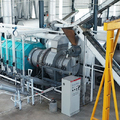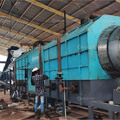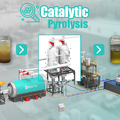Sawdust, a byproduct of the woodworking and timber industry, has long been considered a waste material. However, through the process of pyrolysis, sawdust can be converted into valuable sawdust charcoal. This transformation not only addresses environmental concerns related to sawdust disposal but also creates a versatile product with numerous applications. The use of sawdust charcoal spans various industries, from energy production to agriculture, and its growing popularity highlights its ecological and economic benefits.
Energy Generation and Fuel Production
One of the primary uses of charcoal from sawdust charcoal machine is as a renewable energy source. Through pyrolysis, sawdust undergoes a high-temperature process that removes volatile components, resulting in a dense, carbon-rich product. This sawdust charcoal is an efficient fuel due to its high calorific value, which makes it an excellent substitute for traditional fossil fuels.
Sawdust charcoal is commonly used in industrial settings where high-temperature processes are required, such as in metal smelting, ceramics, and brick production. Its ability to generate consistent and high levels of heat makes it a preferred fuel in these applications. Additionally, sawdust charcoal is increasingly being used in the form of charcoal briquettes for domestic cooking and heating purposes, particularly in regions where access to other forms of energy is limited.
The increasing demand for eco-friendly alternatives to coal and natural gas has also driven the use of sawdust charcoal as a cleaner energy source. Unlike conventional fuels, sawdust charcoal produces fewer harmful emissions when burned, contributing to reduced air pollution and a smaller carbon footprint. This makes it an attractive option for industries seeking to lower their environmental impact while maintaining high energy efficiency.
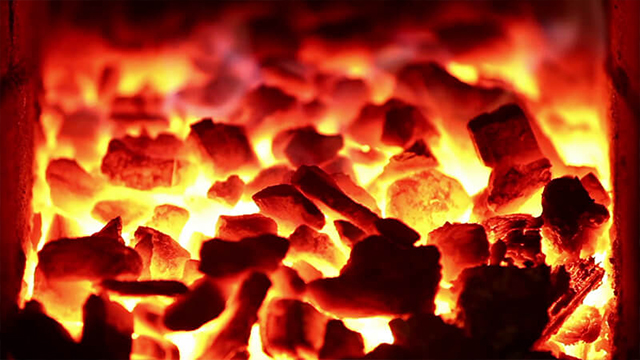
Agricultural Benefits: Soil Enhancement
Sawdust charcoal plays a significant role in sustainable agriculture, primarily due to its ability to improve soil quality. When used as a soil amendment, sawdust charcoal provides a range of benefits that promote plant growth and overall soil health. One of its key advantages is its high porosity, which improves soil aeration and water retention. This is particularly valuable in regions prone to drought, as it helps maintain moisture levels in the soil, ensuring that crops have access to sufficient water.
Furthermore, sawdust charcoal is rich in essential minerals and nutrients, such as potassium, phosphorus, and calcium, which are beneficial to plant growth. By adding sawdust charcoal to the soil, farmers can enhance nutrient availability, improving crop yields and reducing the need for chemical fertilizers. Over time, the application of sawdust charcoal can also help restore soil structure, making it more fertile and resilient.
Another significant benefit of using sawdust charcoal in agriculture is its ability to sequester carbon in the soil. The stable form of carbon in sawdust charcoal remains in the ground for extended periods, reducing the amount of CO2 released into the atmosphere. This contributes to mitigating climate change by acting as a carbon sink.
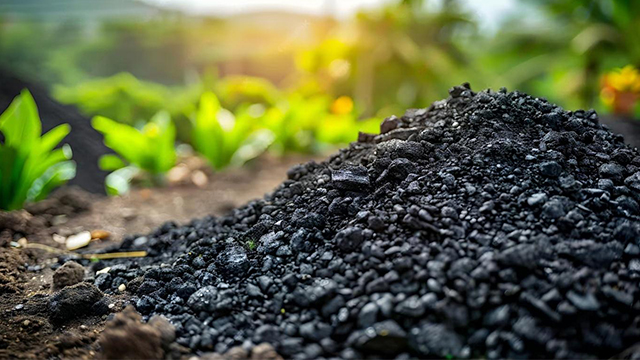
Water Filtration and Environmental Remediation
Sawdust charcoal’s porous nature also makes it an effective material for water filtration. It is often used in water purification systems to remove contaminants such as heavy metals, organic compounds, and other impurities. By incorporating sawdust charcoal into water filtration devices, industries can provide cleaner drinking water while reducing their environmental impact.
Additionally, sawdust charcoal has been employed in environmental remediation projects, where it helps in the cleanup of polluted sites. It can be used to absorb hazardous chemicals, oils, and other pollutants from the soil, reducing the negative effects of industrial waste. In this context, sawdust charcoal serves as an eco-friendly solution for waste management, contributing to cleaner ecosystems.
Animal Feed and Livestock Health
Sawdust charcoal is also gaining recognition in the livestock and animal feed industry. When processed correctly, it can be used as a feed supplement for animals, particularly in improving digestive health. Activated charcoal, derived from sawdust, has the ability to absorb toxins and harmful substances from the digestive tract, helping to prevent intestinal issues in livestock. It is particularly beneficial in animal husbandry, as it promotes overall health and enhances growth rates.
Moreover, the incorporation of sawdust charcoal into animal bedding can help control odor and absorb moisture, creating a cleaner and healthier environment for animals. The use of sawdust charcoal in this manner contributes to more sustainable and hygienic farming practices.
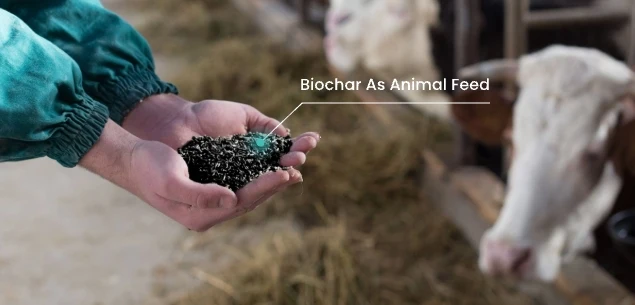
Industrial Applications
Beyond energy production and agriculture, sawdust charcoal finds a variety of applications in other industries. It is commonly used in the production of activated charcoal, which is employed in filtration systems, air purifiers, and even medical treatments for poisoning. The adsorption properties of activated charcoal make it highly effective in removing impurities from both air and water, leading to its widespread use in environmental and industrial applications.
Furthermore, sawdust charcoal is utilized in the production of carbon black, a material used in manufacturing rubber products, inks, and coatings. The versatility of sawdust charcoal in this regard contributes to the growing demand for sustainable raw materials in industrial processes.

